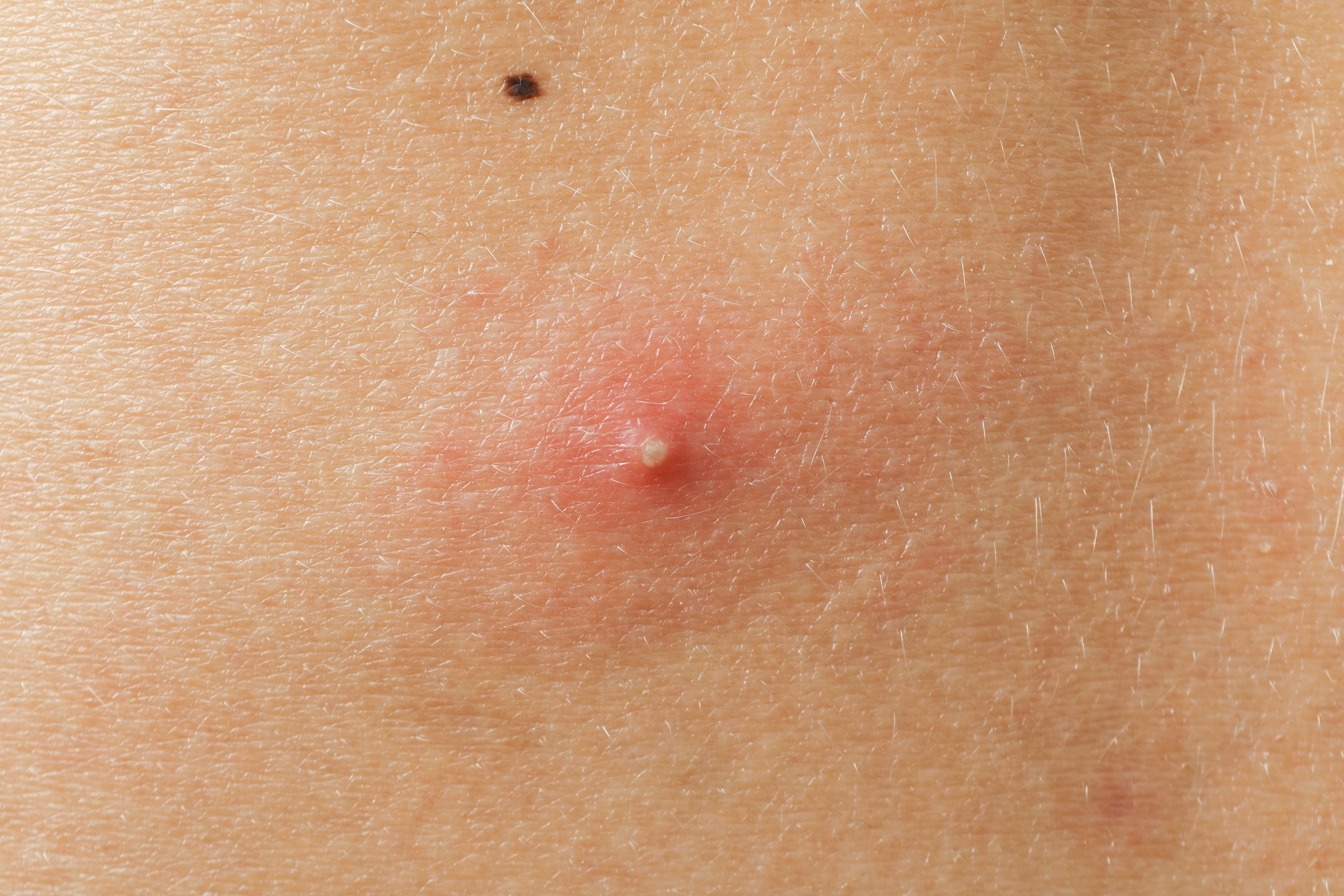12 Warning Signs of a Staph Infection — Don’t Wait!
3. Painful Boils and Abscesses: A Common Indicator

Boils and abscesses are common indicators of a staph infection. These painful, pus-filled lumps can form on any part of the body but are most frequently found in areas prone to friction and moisture, such as the armpits, groin, and buttocks. Boils begin as a red, tender bump that quickly fills with pus, growing larger and more painful. An abscess is a deeper infection that may require medical intervention to drain. These symptoms occur as the body attempts to isolate the infection, creating a barrier of pus. Early recognition and treatment of boils and abscesses are crucial in preventing the spread of the infection to other parts of the body or into the bloodstream.
3. Cellulitis: The Underestimated Threat

Cellulitis is a serious bacterial skin infection that often results from a staph infection. It appears as a red, swollen area that feels hot and tender, spreading rapidly if not treated promptly. Unlike superficial infections, cellulitis penetrates deeper into the skin and underlying tissues, posing a significant risk if left unchecked. This condition can lead to severe complications, including the spread of bacteria to the bloodstream or lymph nodes. Recognizing the symptoms of cellulitis, such as fever, chills, and swollen lymph nodes, in conjunction with skin changes, is critical. Immediate medical attention is necessary to prevent the infection from becoming life-threatening.
